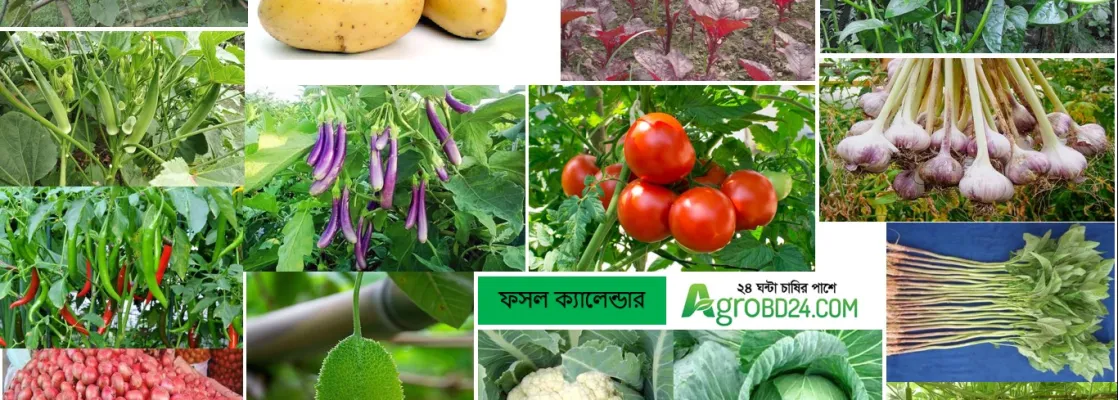
New farmers often face a common challenge in rooftop or land-based agriculture: When should I grow which crop? Today’s discussion aims to solve that problem. Every day of the year is important for agricultural activities. For those who are practicing or interested in rooftop farming, this crop calendar is equally significant.
Bangladesh, our country of six seasons, has three main agricultural seasons: Kharif-1, Kharif-2, and Rabi. Although agricultural seasons are divided into three categories based on production, the country’s geographical location, weather, climate, and human needs make agricultural activities necessary almost every day of the year.
For the convenience of farmers, here is a brief guideline on what to do in each of the twelve months of the Bengali calendar. By following these guidelines and applying their own ideas, farmers can benefit financially and contribute to the prosperity of the agricultural sector.
Understanding the Rabi and Kharif Seasons Before Discussing the Bengali Crop Calendar
Rabi Season:
The Rabi season runs from Ashwin to Falgun (mid-October to mid-March). During this time, temperature and humidity are low, and there is less rainfall. Winter vegetables such as cauliflower, cabbage, radish, carrot, bottle gourd, hyacinth bean, tomato, potato, etc., are cultivated in this season. Additionally, boro rice, wheat, pulses, and mustard are also Rabi crops.
Kharif Season:
The Kharif season is further divided into two parts, characterized by higher temperatures.
-
Kharif-1: Falgun to Asharh (March to July). This period is also called summer. The temperature is high, and there are occasional storms and rainfall. Aus rice, jute, okra, bitter gourd, pointed gourd, teasel gourd, yard-long bean, etc., are grown during this season. Fruits like mango, black plum, jackfruit, lychee, and papaya are prominent.
-
Kharif-2: Asharh to Bhadra (mid-July to mid-October). This season has high humidity and heavy rainfall and is referred to as the monsoon season. Aman rice and monsoon vegetables are the primary crops. Fruits like pomelo, palm, Indian gooseberry, jackfruit, and olive are significant.
Bengali Twelve-Month Crop Calendar
Boishakh (Mid-April – Mid-May):
- Time for sowing seeds of jute greens, eggplant, chili, red amaranth, water spinach, leaf onion, ginger, turmeric, country bean, and okra. Plant summer tomato seedlings.
- Build trellises for ridge gourd, ash gourd, cucumber; cultivate seedlings for sweet gourd, bitter gourd, sponge gourd, snake gourd.
- Pest control for gourd family crops; irrigate as needed.
- Ideal time for sowing Kharif-1 vegetable seeds and transplanting seedlings.
- Prepare beds and seedlings for Kharif-2 vegetables.
- Harvestable crops include Malabar spinach, red amaranth, country bean, and yard-long bean.
- Young jackfruit can be used as a vegetable.
- Watermelon and muskmelon can be harvested during this time.
- Moringa pods, potato chips, and their variations can be prepared.
- Select fruit cultivation areas, apply balanced fertilizers to old trees, collect quality saplings, and irrigate fruiting trees.
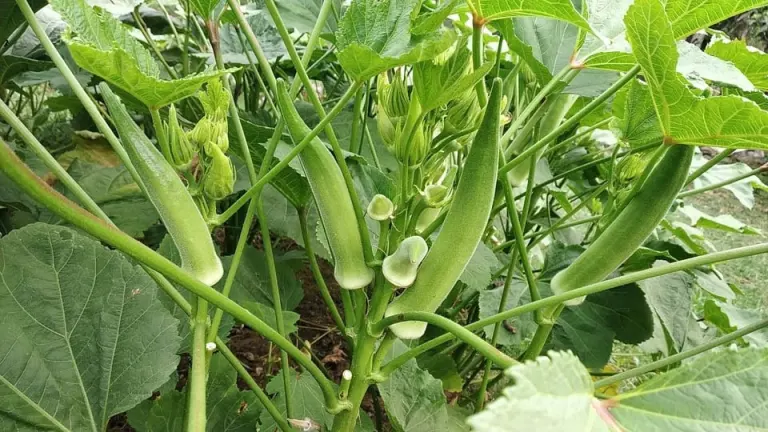
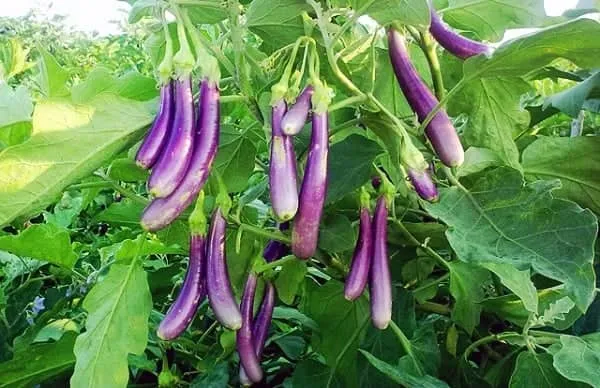
Joishtho (Mid-May – Mid-June):
- Transplant Kharif-2 seedlings planted in Boishakh, apply irrigation and fertilizers, care for moringa, and plant summer tomato seedlings.
- Harvest ridge gourd, sponge gourd, pointed gourd, teasel gourd, and bitter gourd. Take measures for pest control.
- Build trellises and apply irrigation and fertilizers for late-season gourds.
- Prepare planting pits for fruit seedlings, apply balanced fertilizers to older fruit trees, and focus on fruit harvesting, marketing, and processing.

Asharh (Mid-June – Mid-July):
- Sow hyacinth bean seeds.
- Care for summer eggplant, tomato, and green chili crops.
- Control pests and diseases in gourd crops.
- Harvest crops like tomato, eggplant, and okra planted in Joishtho.
- Plant and care for Kharif-2 vegetable seedlings; apply irrigation and fertilizers.
- Plant medicinal plants and fruit saplings; tie and protect seedlings with trellises or fences.
- Apply balanced fertilizers to fruit trees.
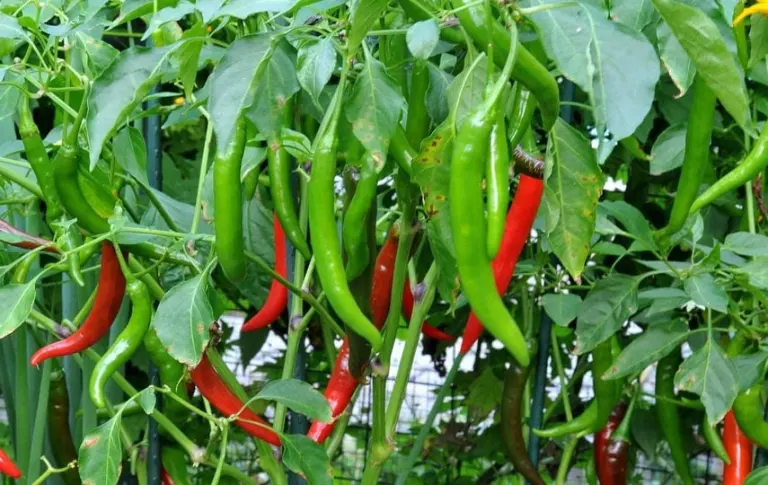
Shrabon (Mid-July – Mid-August):
- Sow seeds of cabbage, cauliflower, bottle gourd, tomato, and eggplant for early Rabi crops; prepare seedbeds.
- Control pests in Kharif-2 vegetables; begin harvesting.
- Sow hyacinth bean, red amaranth, and spinach seeds.
- Plant quality fruit saplings; install supports, trellises, and fences.
- Maintain fruit saplings, harvest fruits, market, and process them.
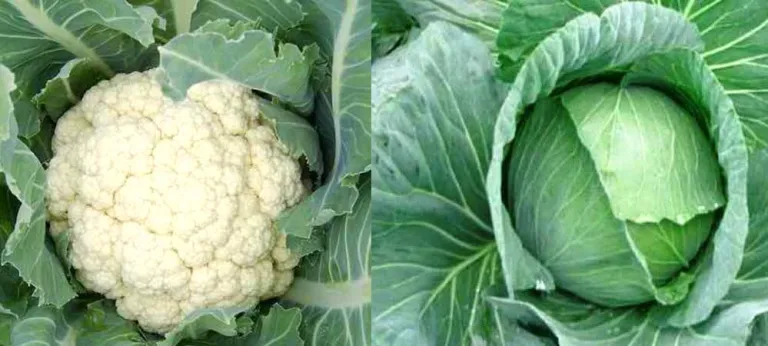
Bhadro (Mid-August – Mid-September):
- Save Kharif-1 vegetable seeds and harvest most Kharif-2 vegetables.
- Prepare land and transplant seedlings for early Rabi vegetables such as cabbage, cauliflower, green cauliflower, tomato, eggplant, turnip, and bottle gourd.
- Harvest and store late Kharif-2 vegetables.
- Prepare seedbeds and sow seeds for mid and late Rabi vegetables.
- Care for previously planted fruit saplings.
- Plant improved fruit saplings, prune fruit trees, install supports, and protect young trees.

Ashwin (Mid-September – Mid-October):
- Transplant early Rabi vegetable seedlings; provide irrigation, fertilizer, pest control.
- Weed control and earthing up for early tomato, cabbage, cauliflower, green cauliflower, and turnip.
- Prepare seedbeds and sow seeds for late Rabi vegetables.
- Sow garlic and onion seeds; plant potatoes.
Kartik (Mid-October – Mid-November):
- Care for and harvest early Rabi vegetables; tie potato shoots.
- Care for mid-season Rabi vegetables; apply fertilizers and irrigation.
- Produce seedlings and prepare land for late Rabi vegetables; sow chili seeds and transplant seedlings.
- Weed and earth up cabbage, cauliflower, and turnip.
- Maintain fruit trees, apply fertilizers if not already done, and mulch soil to conserve moisture.
Agrahayon (Mid-November – Mid-December):
- Plant sweet potato vines and care for existing ones.
- Fertilize and irrigate potato fields.
- Transplant onion, garlic, and chili seedlings.
- Mulch fruit trees and apply balanced fertilizers.
- Care for Rabi crops such as cauliflower, cabbage, tomato, eggplant, turnip, and radish; fertilize, irrigate, weed, and harvest vegetables.
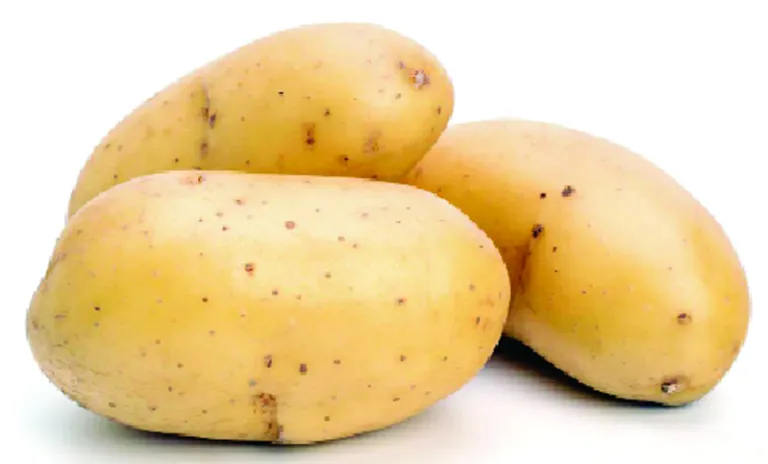
Poush (Mid-December – Mid-January):
- Harvest early and mid-season Rabi vegetables.
- Control pests and diseases in late Rabi vegetables and fruit trees.
- For commercial seasonal flower cultivation, top-dress with fertilizers for better growth.
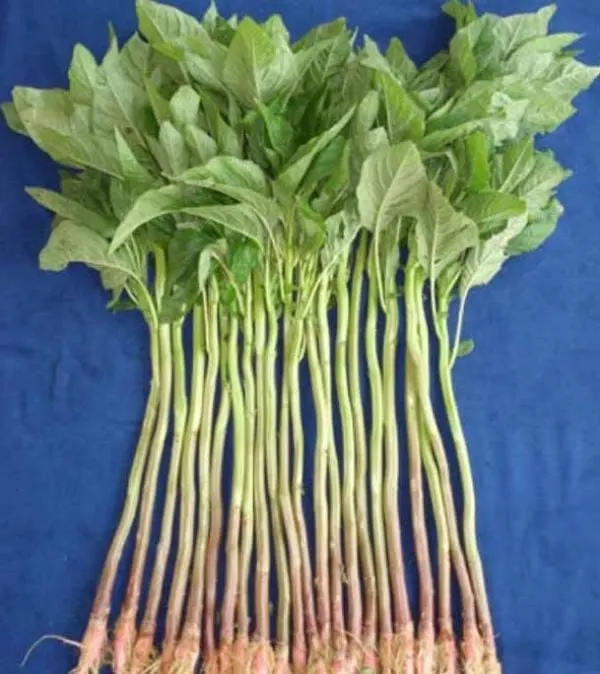
Magh (Mid-January – Mid-February):
- Hill soil around potatoes, onions, and garlic.
- Fertilize and irrigate late Rabi vegetables; support and prune tomatoes.
- Prepare seedbeds and sow seeds for early Kharif-1 vegetables.
- Control pests and diseases in fruit trees.
- Ensure seedling health for optimal yield.
Falgun (Mid-February – Mid-March):
- Prepare seedbeds, plant pits, and sow seeds for late Kharif-1 vegetables.
- Sow seeds of okra, country bean, and red amaranth.
- Harvest and store potatoes and sweet potatoes.
- Collect and store seeds of Rabi vegetables.
- Produce seedlings for early Kharif-1 vegetables; prepare land and apply fertilizers for transplantation.
- Take special care in potato storage after 90 days of planting.
- Provide irrigation and control pests in fruit trees.
Chaitra (Mid-March – Mid-April):
- Sow or transplant tomato, summer eggplant, and chili seedlings.
- Prepare seedbeds and sow seeds for late-season vegetables.
- Transplant seedlings to the main field.
- Control pests and diseases in gourd crops.
- Weed, irrigate, and fertilize vegetable fields.
- Provide irrigation to prevent fruit drop.
- Harvest late Rabi vegetables; collect and store seeds.

